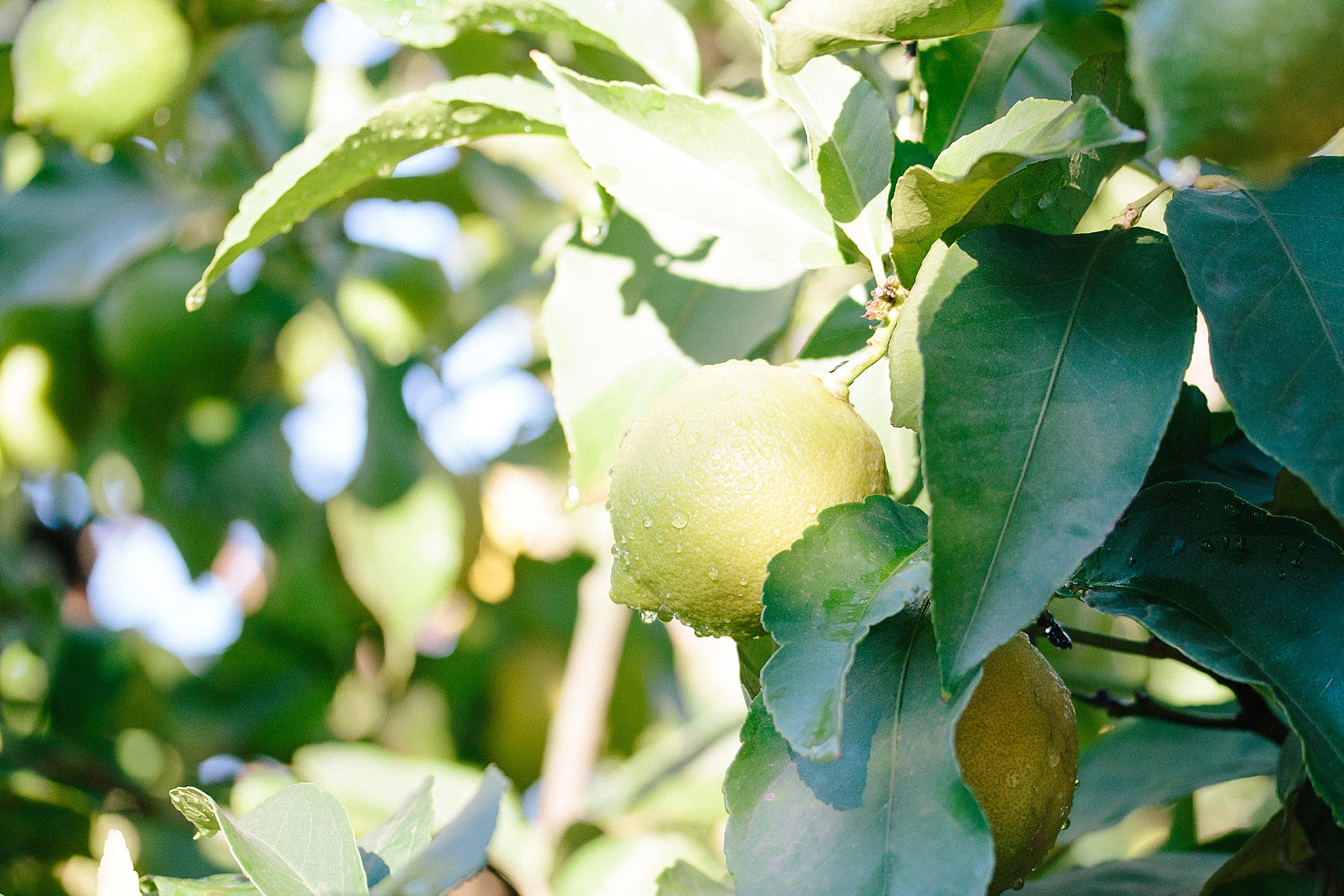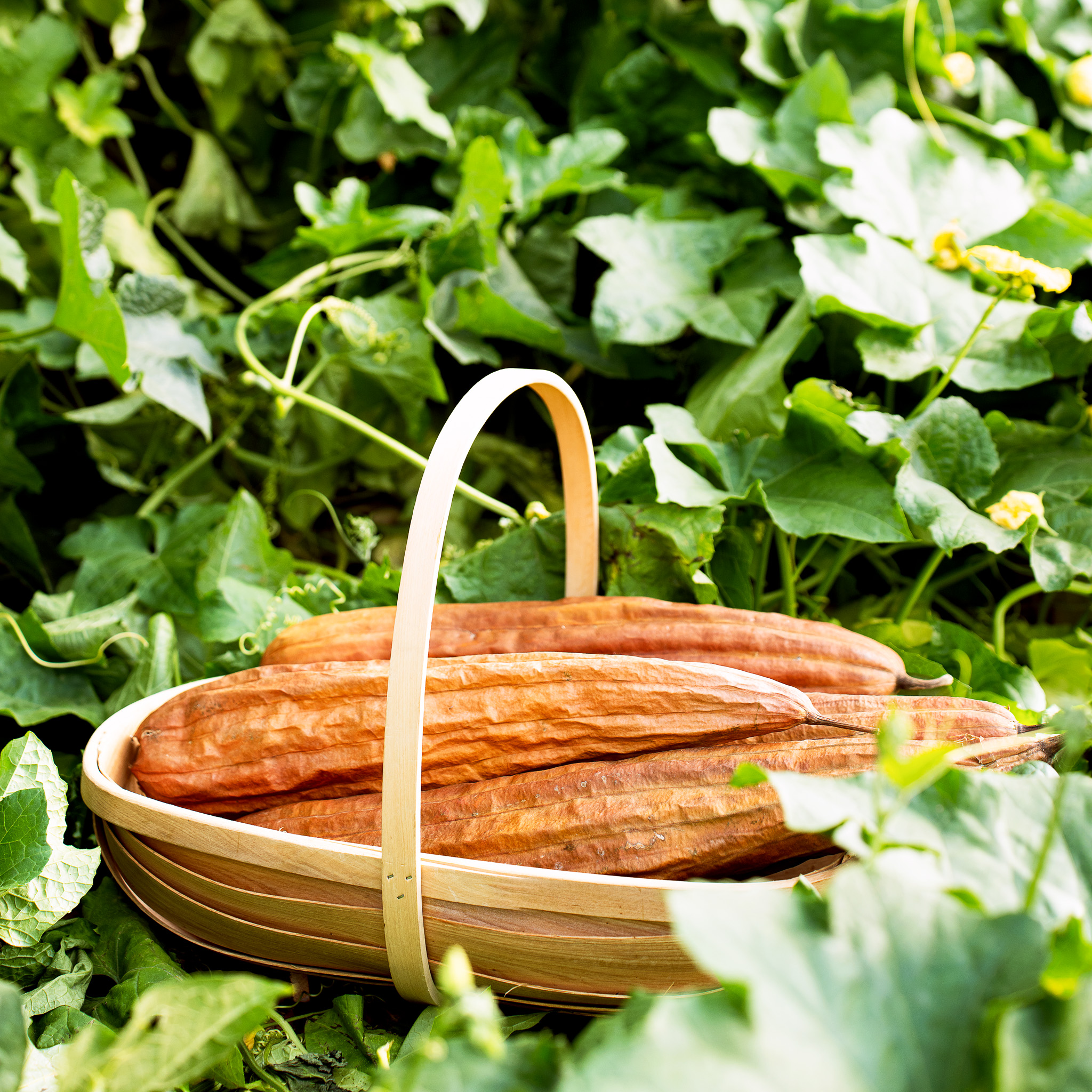How to prune your lemon tree
July 15th, 2016In winter, citrus colours our garden with vibrant pops of yellow and orange. Recipes including these deliciously sour fruits spring to mind and fills our kitchen with their heavenly aromas. More reason to love citrus, especially lemons, is the fact it is easy to grow and does not require a lot of maintenance. Water, sunlight and pruning twice a year, are all that these trees need to flourish.
Lemon trees flower most after the winter rains, but flushes of growth will be seen throughout the year. With all citrus, small white flowers will show on the present season’s growth, even without cross-pollination. The fruit will take between 7-14 months to ripen, gradually changing colour from lime green to buttery yellow. After colouration lemons can hang on trees for several months, waiting their turn to be used in some confectionery treat or refreshing drinks. Varieties that grow in our garden are Eureka, Cape rough and Lisbon.
To ensure that these evergreen plants deliver healthy crops and tasty fruits, their stems and leaves need to be kept in good shape. Here are a few tips to ease the pruning task:
- A good time to prune lemon trees is after harvest season (Sept, Oct, Nov in South Africa). Trees should be checked throughout the year, cutting away obstructing branches.
- Pruning young lemon trees will help to establish a good growing structure and encourage productivity. By removing tangled leaves and branches, there will be enough space for horizontal and vertical growth.
- To revive an old, overgrown and unproductive tree, remove dead, diseased and entangled twigs and leaves. You should be left with the tree trunk and a body of evenly spaced branches.
- It is best to remove most of the vigorous water shoots that arise from the upper horizontal branches. Since they will only fruit at their ends, these shoots are much larger than the branches from which they spring and clutter up the interior of the tree.
- Dead branches, shoots from the ground and any obstructing stalks should be regularly removed.
- Seeing as garden trees usually grow a single stem with a leaf canopy from about 1.5m, any shoots growing along the stem should be cut away.
- To allow air movement and sunlight to reach most leaves, branches in the middle of the crown should be thinned-out. This will aid in pest and disease control, mostly occurring in the centre of the plant.
- To ease harvesting, balance the crown and overall shape of the tree by topping the tips at the desired height.
- To prevent breakage, thin out young fruit, especially at the end of branches.
See how to do it here:





